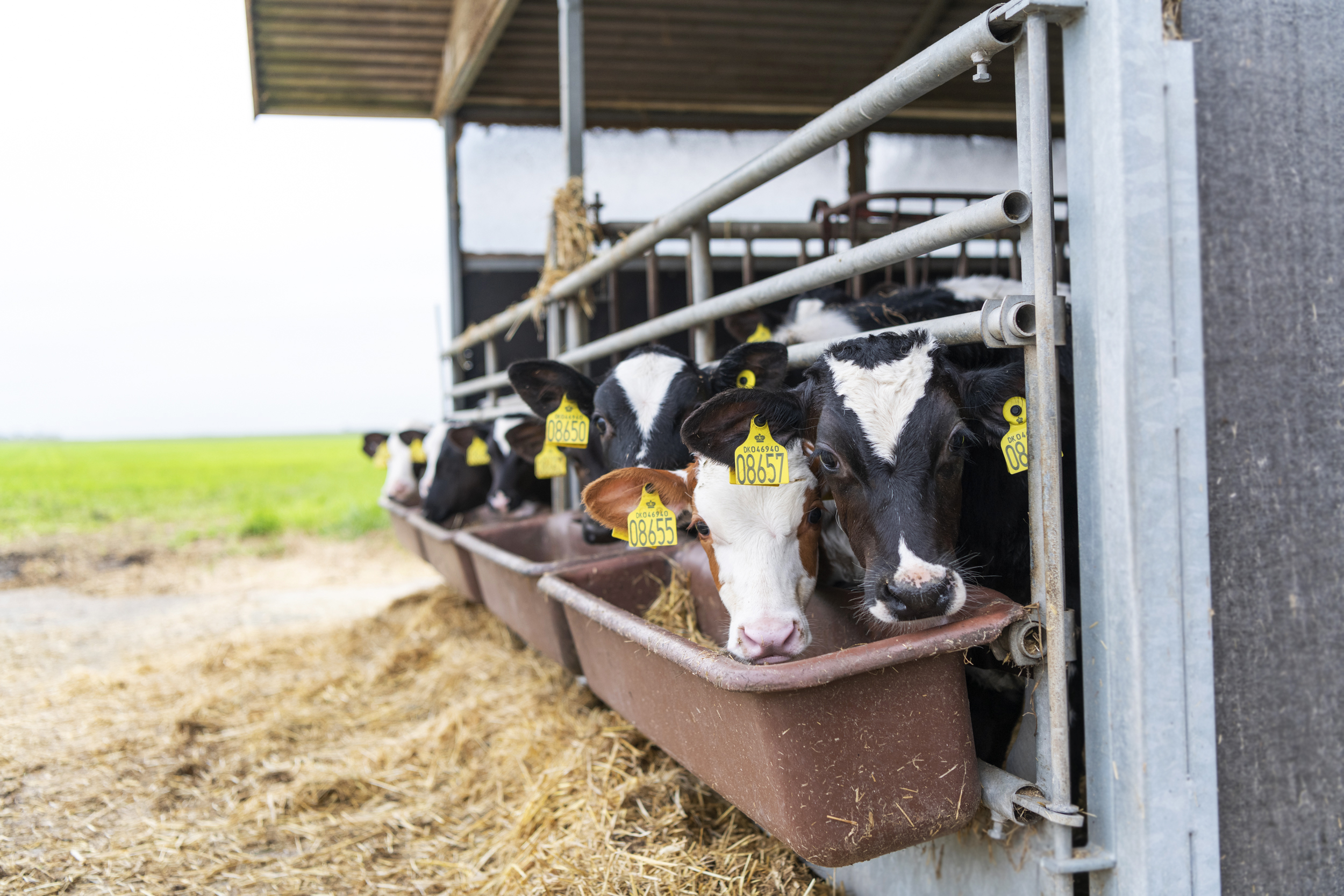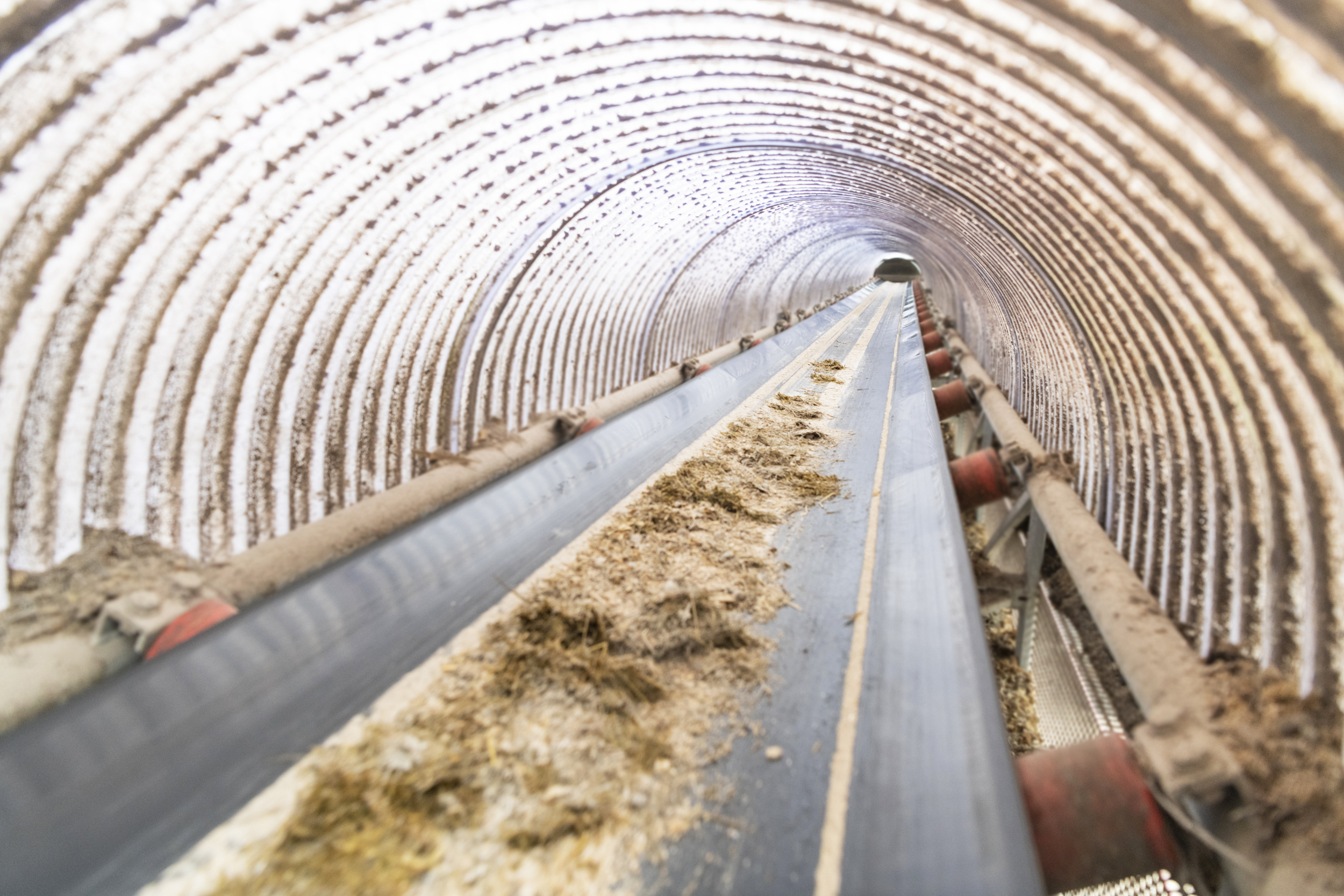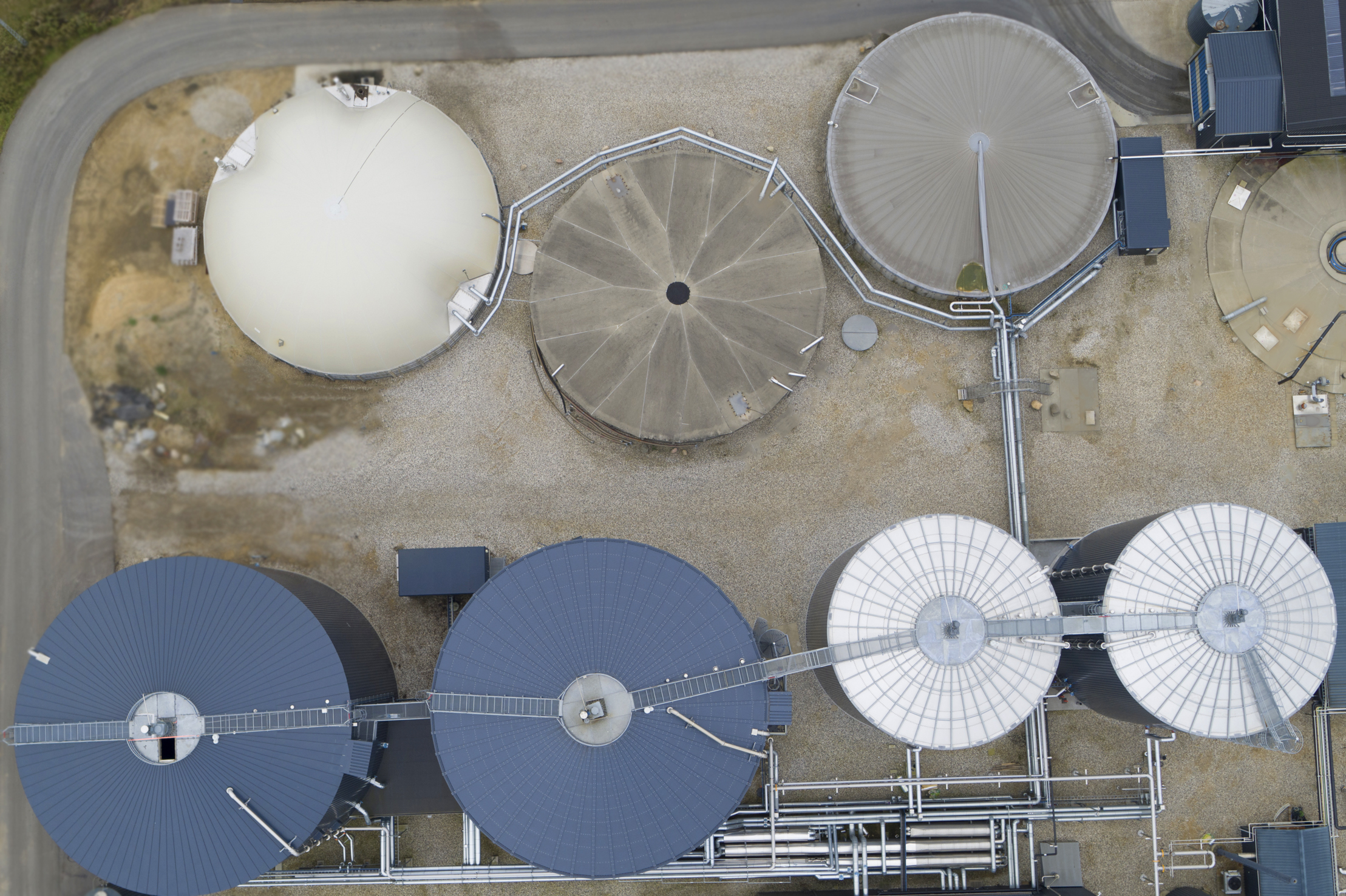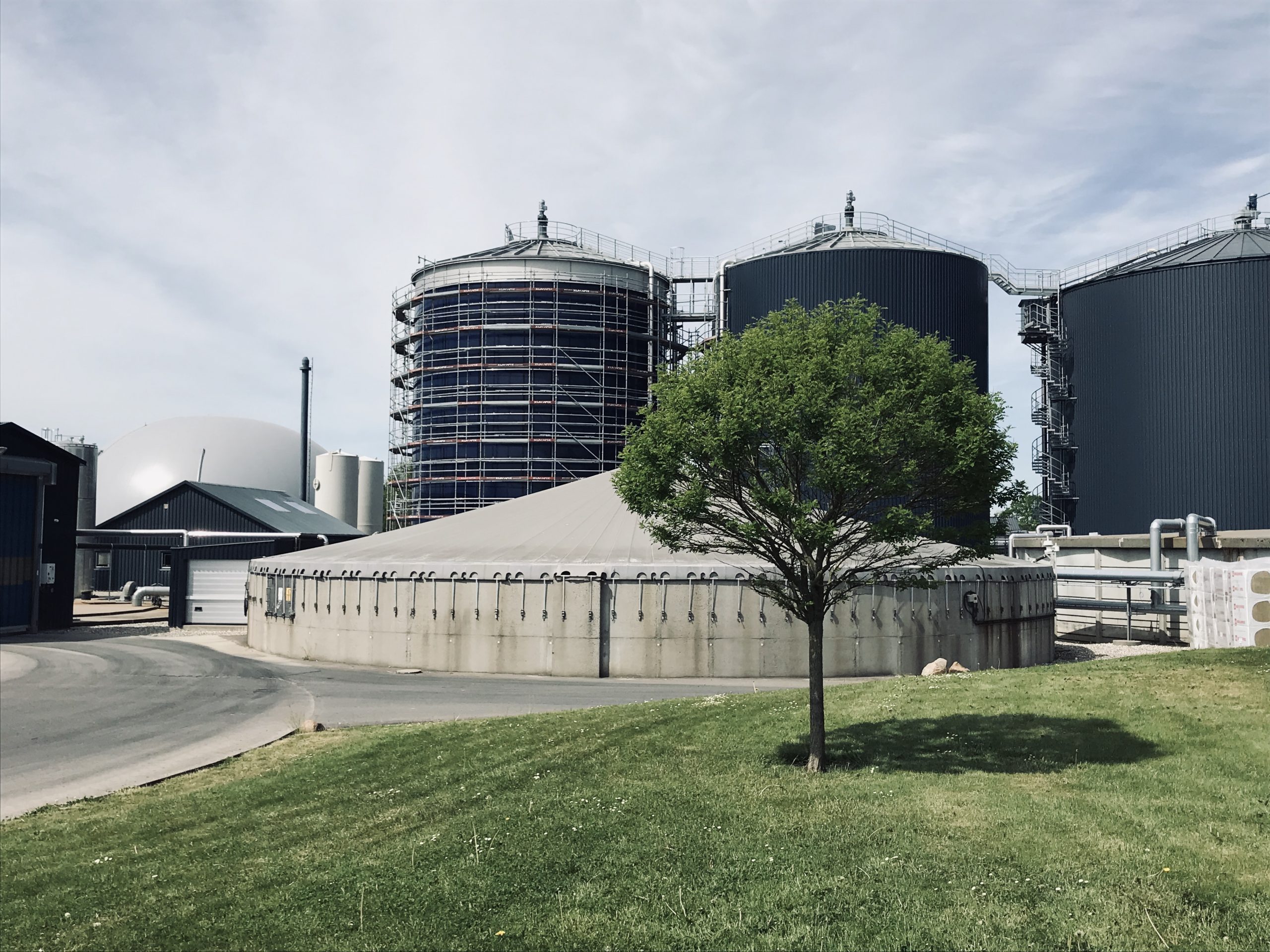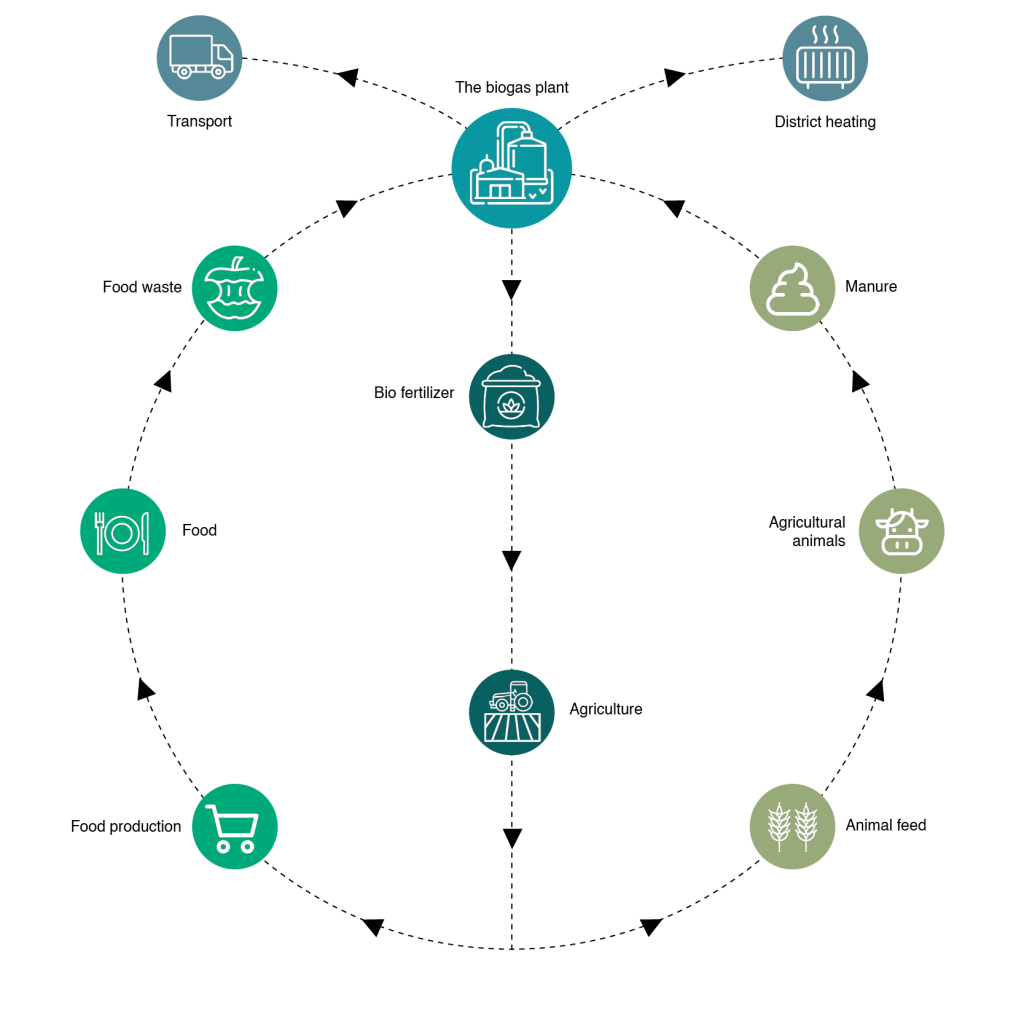What is biogas?
Biogas consists of methane (CH4) and carbon dioxide (CO2), and is formed when naturally occurring intestinal bacteria in oxygen-free environments digest organic material.
Biogas is produced when livestock manure and organic residues from industry and households are fed into biogas plants, which consists of a series of tanks without oxygen.
The biomass used comes primarily from livestock manure but can also consist of residues from the food industry, including slaughterhouse waste, and other sources such as household waste. In addition, residues from agriculture are used, including straw.
At Biogas Express, it is very important that the product comes from waste in order to make it as sustainable as possible, and to avoid using biological material that can be used in other ways, e.g. in the food industry.
